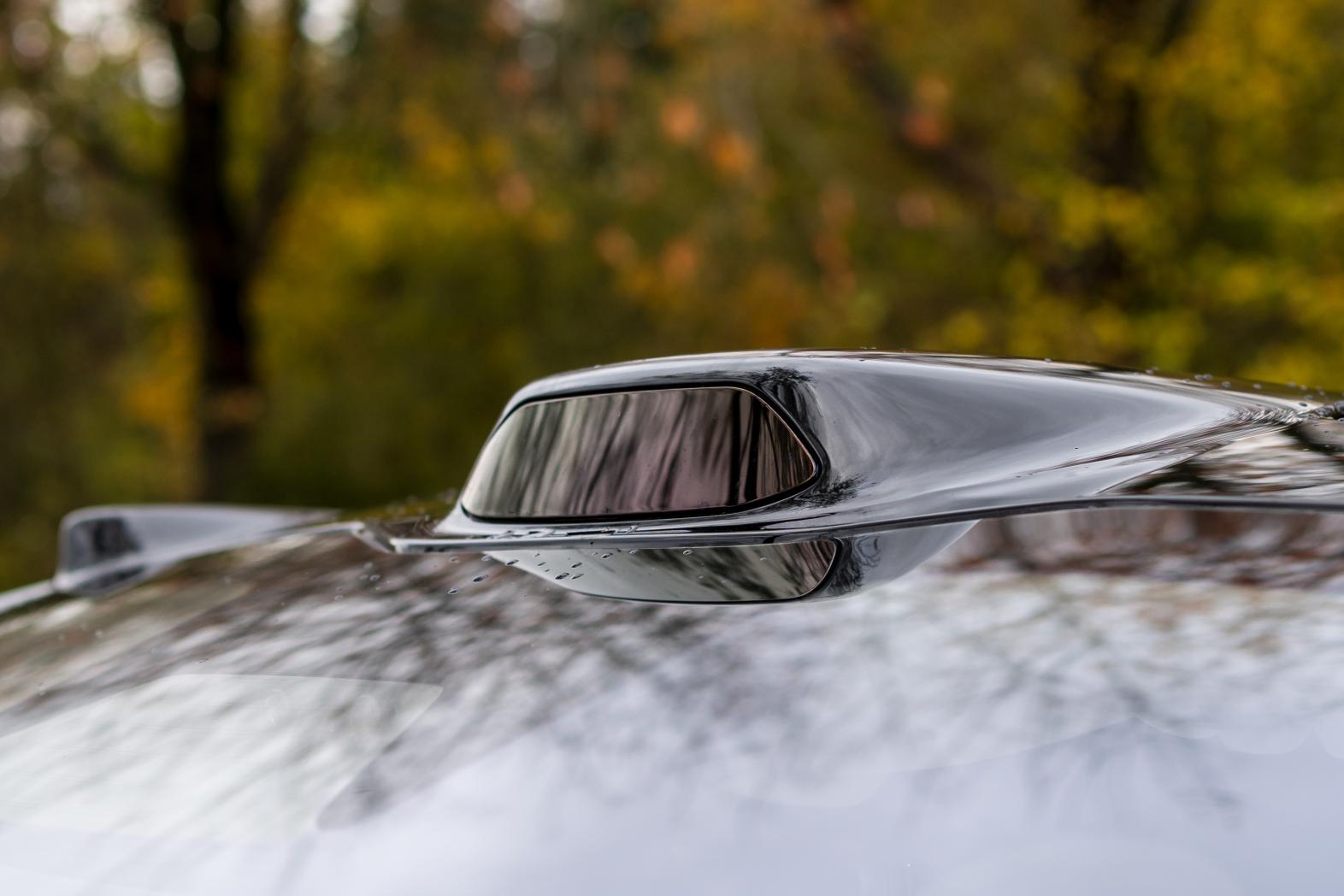ULSE’s Lidar Standards can Pave the Way

Autonomous vehicles on the market today rely on advanced driver-assistance systems, which combine lidar, radar, and cameras to detect their surroundings.
By firing laser pulses and measuring their return time, lidar technology builds a 3D model of the environment used by an autonomous car to navigate the area and conditions.
Lidar stands out as the most reliable solution, building real-time 3D models with unparalleled accuracy. Radar, which excels at long ranges, can struggle to provide data within critical seconds. Moreover, lidar provides readings accurate to the nearest centimeter, whereas radar can only offer accuracy within a few meters – a crucial difference when considering the relative size of pedestrians and other objects encountered on roadways.
Protecting these systems and their components is critical to ensure proper function. By providing standards for the protection of lidar equipment, this life saving technology can be further incorporated into vehicle designs, potentially reducing the number of incidents involving autonomous vehicles.
UL 4740 Protects Lidar to Prevent Crashes
Lidar relies on numerous small, sensitive components attached to vehicles, which must be shielded from the elements and potential damage. Recognizing this, UL Standards & Engagement published UL 4740, Standard for Safety for Lidar and Lidar Systems Used in Vehicles, covering 12 Vdc and 24 Vdc rated systems. This standard evaluates the ability of lidar systems to withstand simulated operating conditions based on the manufacturer's specified usage parameters.
The standard includes requirements for assessing the mechanical, electrical, optical radiation, cybersecurity, and functional safety of lidar systems. These features ensure optimal protection of the lidar components even in harsh conditions, such as vehicle damage or dirt exposure, while accounting for exposure to the vehicle’s fluids.
Critically, cybersecurity requirements require individual system components to protect themselves from attacks throughout their entire lifecycle. This demands ongoing effort, as acceptable security postures may change over time due to emerging threats, system utilization changes, external interface protection, in-vehicle network security, and rapid over-the-air software updates for security patches. In a world where cyberattacks occur daily, this is critical in ensuring the security of driverless vehicles.
Learn More
At ULSE, our standards are developed using a fair, transparent process. We convene technical committees composed of experts who work collaboratively to share their knowledge to guide the publication of standards that optimize safety, security, and sustainability. As a result, consumers can trust that products meeting our standards are designed and built to mitigate damage to lidar components.
Learn more about partnering with us at ULSE.org/get-involved.